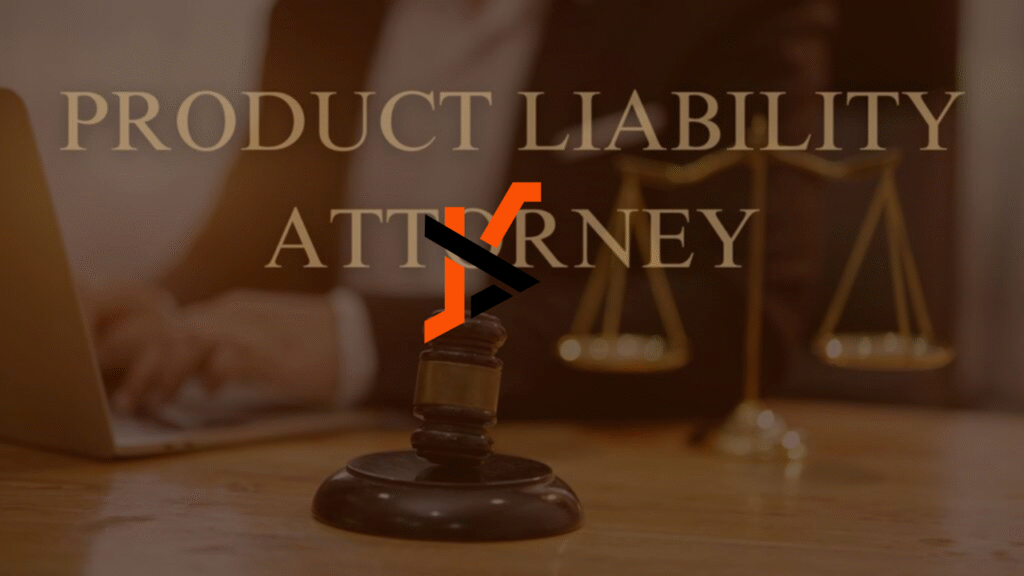Sometimes, when you purchase a product, something goes wrong because of a defect that could lead to serious injuries or death. Due to this, product liability laws are designed to help protect consumers by holding manufacturers, designers, and sellers responsible.
In 2022 alone, 5,826 product liability cases were filed in federal district courts in the country. To start filing a case, contact TopDog Law product liability attorneys to help you with the process.
There are several different ways a product can be considered defective. In this guide, we will discuss the five most common types of product liability claims with real-life examples.
1. Manufacturing Defects
This happens when a product is designed properly, but something goes wrong during the production process. Manufacturing defects cause the product not to serve its intended use.
One example is the IUD birth control by Dalkon Shield. The product caused severe health complications because of the defects in the design.
In 2008, Peanut Corporation of America shipped peanut butter contaminated with salmonella because of poor sanitation and processing practices. This led to nine deaths, and more than 700 people were sick from food poisoning. Although the peanut butter did not become contaminated because of its design, manufacturing conditions made it hazardous.
2. Design Defects
A design defect happens when a product is unsafe because of how it was planned. Even if the item was manufactured safely, the product still becomes a risk because of its design.
An example is the Ford Pinto scandal. In 1974, NHTSA petitioned for all Ford Pintos to be recalled after reports of serious deaths because of the fuel system. The compact car that was famous in the 1970s became notorious for exploding when rear-ended. The way the fuel tank was positioned made it very vulnerable to low-speed crashes. This led to numerous lawsuits.
3. Breach of Warranty
A breach of warranty happens when a product fails to live up to the promises made, whether it was in a written warranty or implied by the law. There are two types of breach of warranty: express and implied.
For example, if you buy a laptop that has a one-year warranty, but it ends up overheating and stops working in six months. When you contact the manufacturer, they refuse to repair or replace it despite having a warranty. It is important for manufacturers to honor their warranty commitments to avoid liability claims.
4. Poor Warnings or Instructions
This is also known as “failure to warn.” In this type of liability claim, the product does not have enough instructions or warnings about risks that are not very obvious to every user.
Recently, there have been talcum powder lawsuits against Johnson & Johnson. Plaintiffs argue that the company did not warn users about the potential link between talcum powder and ovarian cancer. For decades, the product did not include any warnings about the risk of long-term use in the genital area, which led to multi-million-dollar payouts to consumers.
5. Strict Liability
Strict liability allows a manufacturer and seller to be held responsible for a defective product regardless of whether they were negligent or intended to cause harm.
For instance, your child swallows a small magnet from a popular toy set that was not labeled as a choking hazard. Even if the company followed all safety procedures during design and production, the company could still be liable under strict liability if the product injured a person while being used as intended.
Conclusion
Product liability laws help to protect consumers while still holding companies accountable for their mistakes. If you or someone you know has been injured because of a defective product, it may be time to consult an attorney specializing in product liability law. There are many legal options to explore.

